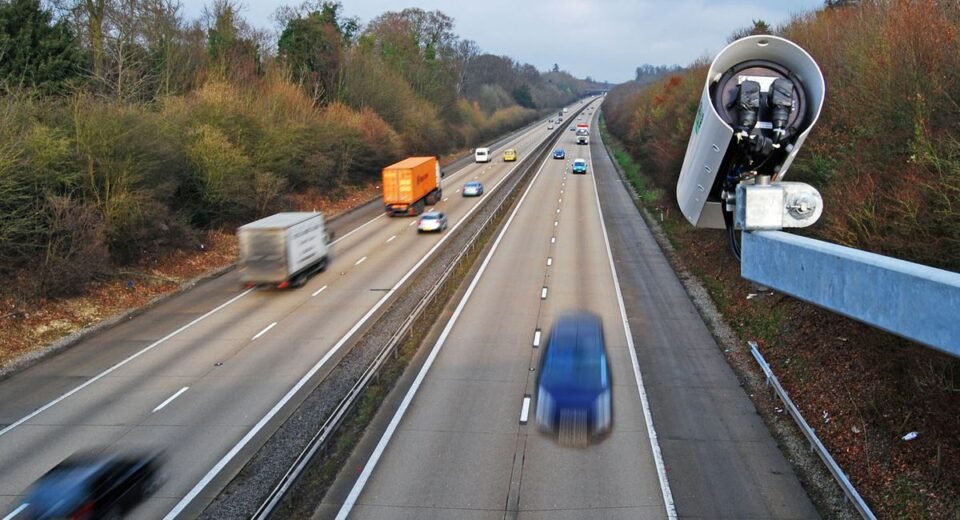In today’s rapidly urbanizing world, traffic congestion and road safety have emerged as two of the most critical concerns for city planners, law enforcement agencies, and transportation authorities. One of the most effective technological solutions that have gained prominence in recent years is speed detection. This advanced capability, powered by intelligent algorithms and real-time monitoring tools, plays a pivotal role in streamlining traffic flow and enhancing road safety across urban and rural environments.
The Growing Need for Speed Detection in Traffic Systems
As the number of vehicles on the road increases daily, traditional traffic enforcement methods often prove inadequate. Manual patrolling, sporadic checks, and outdated speed traps cannot consistently manage the overwhelming demand for safer roads. This is where speed detection systems, integrated with modern surveillance technologies, step in as transformative tools. These systems can monitor vehicle speeds in real time, capture violations automatically, and provide authorities with actionable data to improve traffic management strategies.
Enhancing Road Safety Through Real-Time Monitoring
One of the primary objectives of speed detection in traffic management is to reduce accidents caused by over-speeding. High-speed vehicles significantly increase the risk of collisions, especially in zones where pedestrian movement is high or where road conditions demand cautious driving. Real-time speed detection systems are designed to identify vehicles exceeding the permissible speed limit and trigger immediate alerts.
These systems are typically installed on highways, urban intersections, school zones, and accident-prone areas. When a vehicle is detected breaching the speed limit, the system captures high-resolution images and records critical metadata such as speed, time, location, and vehicle number plate. This data is then used for issuing fines or alerts, creating a strong deterrent against reckless driving.
Supporting Automated Traffic Violation Enforcement
Automated enforcement is another vital application of speed detection. In many smart cities, speed detection systems are now part of an integrated traffic enforcement solution that also includes red light violation detection, number plate recognition, and lane discipline monitoring. By eliminating the need for manual intervention, these systems ensure that traffic laws are upheld uniformly and without bias.
Through intelligent video analytics and machine learning, these systems can process large volumes of data with accuracy and speed. Violations are automatically recorded, categorized, and transmitted to the relevant traffic authority’s backend system, often integrated with e-challan platforms. This seamless process not only reduces the burden on traffic personnel but also increases the efficiency of law enforcement.
Managing Traffic Flow in Congested Zones
Apart from enhancing road safety, speed detection also contributes to optimizing traffic flow, especially in high-density urban zones. Traffic congestion is often the result of erratic driving behavior, including sudden acceleration or deceleration. Speed detection systems monitor traffic in real time and detect anomalies that may disrupt smooth traffic movement.
By continuously analyzing the speed patterns of vehicles, these systems provide valuable insights into traffic bottlenecks, peak hour trends, and driver behavior. This data can be leveraged by traffic control centers to implement dynamic traffic signal timing, divert traffic when necessary, or plan infrastructural upgrades. Over time, such insights help reduce congestion and improve commute times.
Integrating Speed Detection with Intelligent Transport Systems (ITS)
In smart city infrastructure, speed detection is often a critical element of Intelligent Transport Systems (ITS). ITS solutions are designed to facilitate efficient transport operations through the integration of information and communication technologies. Within this ecosystem, speed detection enables a variety of functions—ranging from automated toll collection to dynamic speed regulation based on weather or traffic conditions.
Modern speed detection systems are built with scalability and flexibility in mind. They can operate seamlessly in diverse environmental conditions and be integrated with various sensors, cameras, and data management platforms. This adaptability makes them suitable for both citywide deployments and targeted use in sensitive areas such as tunnels, flyovers, and border checkpoints.
Reducing Response Time in Incident Management
Another lesser-known yet highly impactful application of speed detection is in incident response and emergency management. Sudden changes in vehicle speed—such as abrupt stops or rapid acceleration—may indicate road accidents, breakdowns, or illegal activity. Speed detection systems can instantly flag such events, allowing emergency services to respond quickly.
When integrated with a centralized traffic command center, these systems contribute to a proactive response model. Operators receive real-time alerts and video feeds, enabling them to assess the situation accurately and dispatch help promptly. This rapid response capability not only reduces accident severity but also helps clear obstructions faster, minimizing disruption to other road users.
Conclusion
The applications of speed detection in traffic management go far beyond enforcement. From improving road safety and managing congestion to supporting smart city initiatives and enabling rapid incident response, this technology is reshaping how modern cities handle the complexities of vehicular movement. As infrastructure continues to evolve, speed detection will remain a foundational element in the journey toward safer, smarter, and more efficient roads.

